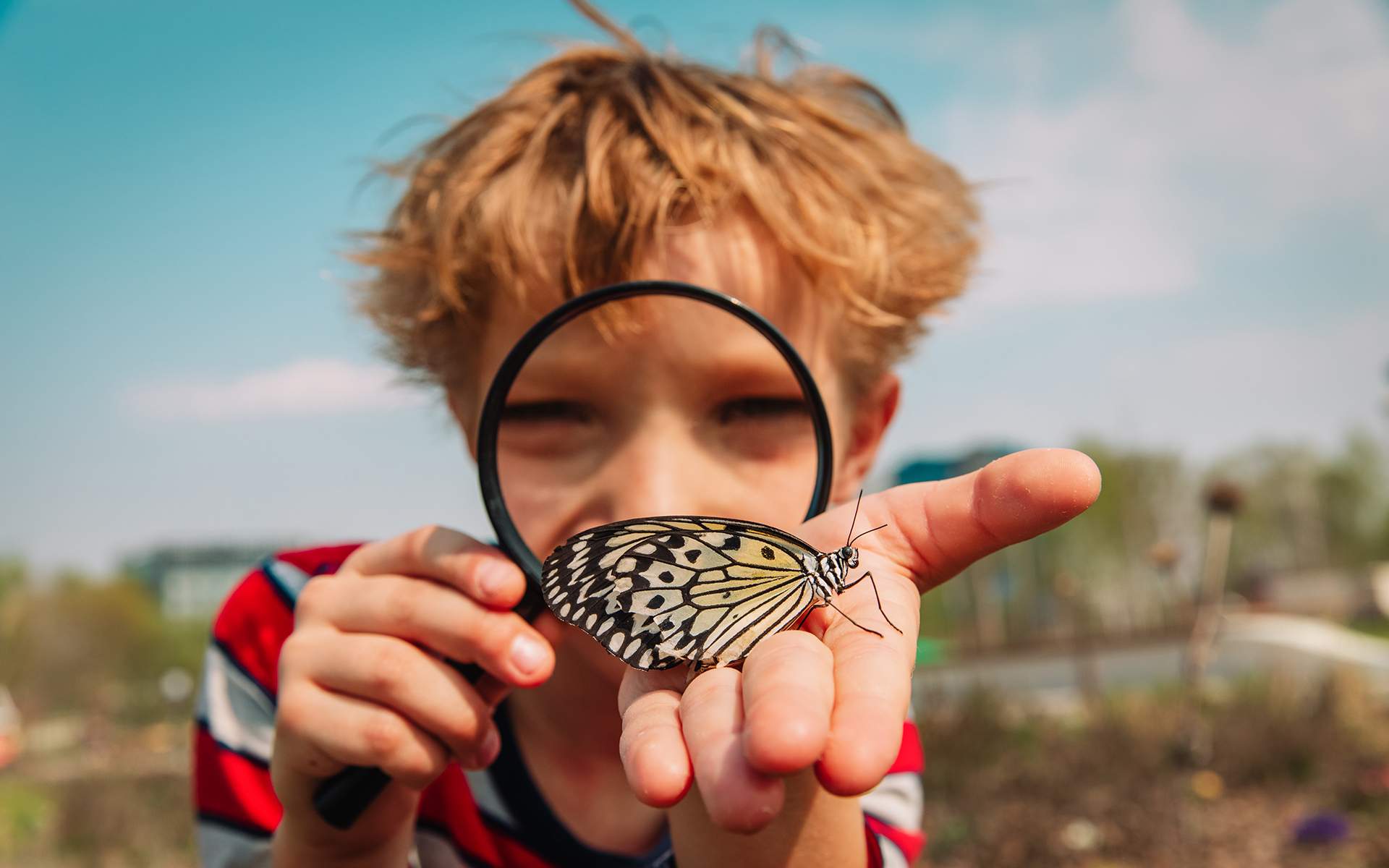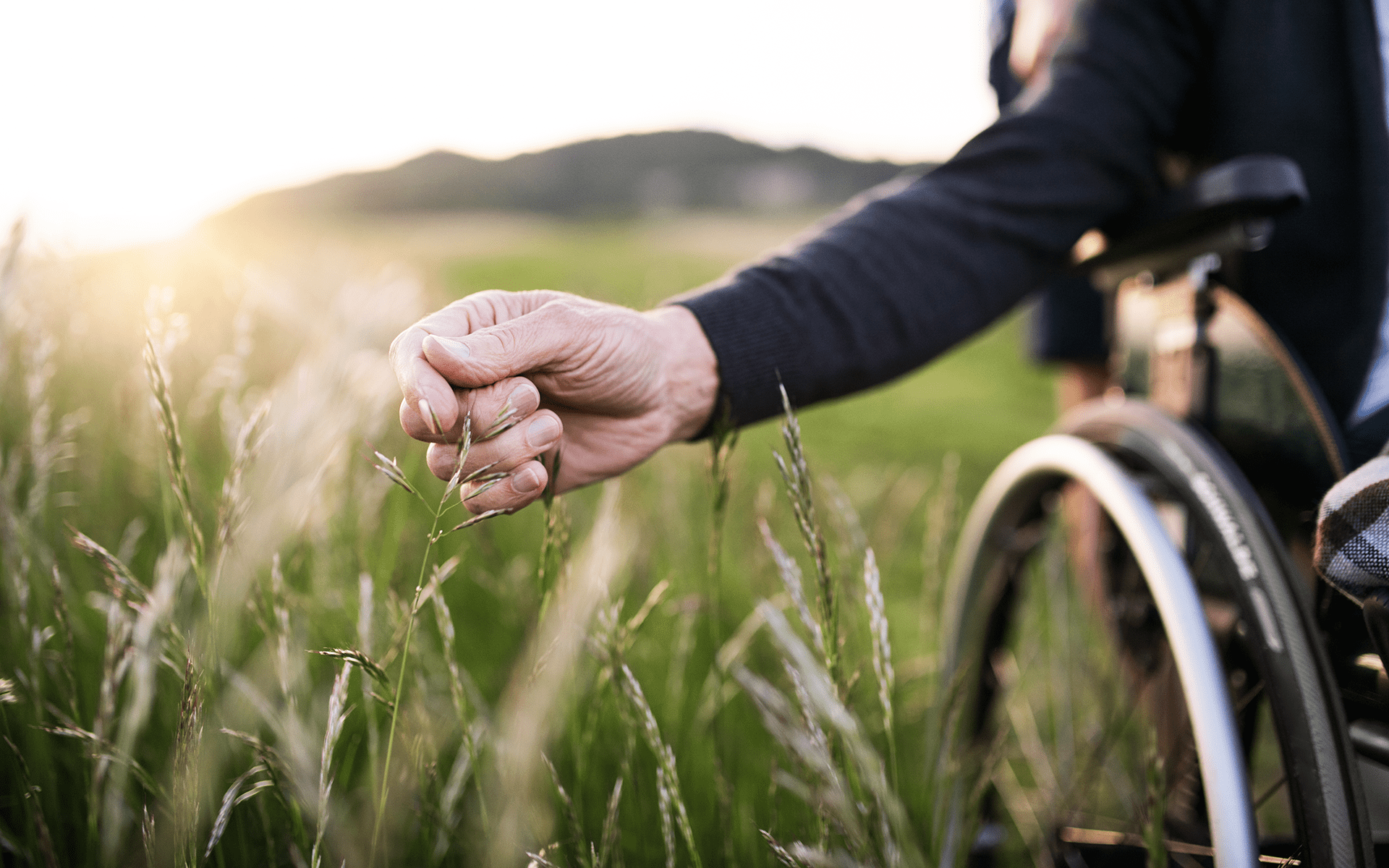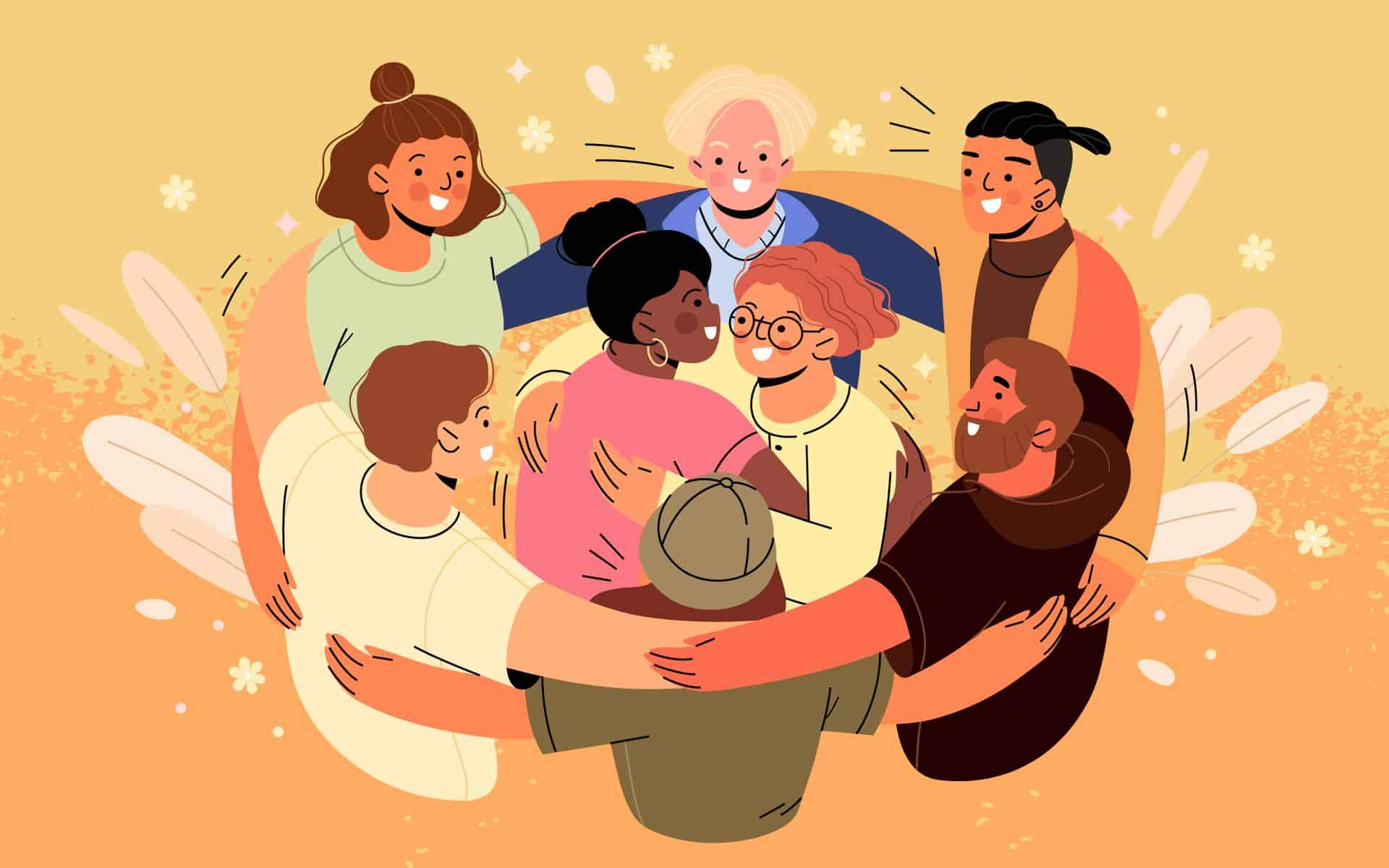Buildings for Real Places
If you head southwest from Denver on Highway 9, you’ll eventually nd yourself in Garo, Colorado. It’s where the road and sky meet, with mountains in the distance. Bu alo Peaks Ranch is nearby. Established in 1863, it’s one of the oldest ranches in the state. A perfect place for connecting students with nature.
This is one of the places Ekaterini “Kat” Vlahos takes her students. She teaches architecture at the University of Colorado in Denver, and she believes that instilling in her students a sense of the land, as well as the traditions of the people who settled there, makes for better, more conscious design.
First, she asks her students to choose a spot. They sit and sketch for ve minutes. Then they walk the site. They’re o by themselves, not talking to each other.
“They’re doing a kind of walking meditation; they’re engrossed in the place,” says Vlahos. “Then I have them come back to the same site an hour later, and I say, ‘I want you to sit and sketch and observe what’s changed.’”
Vlahos has her students do this several times during their site visits because even if all they’ve noticed is a change in the light, it’s valuable. “If you start at nine in the morning and finish at three in the afternoon, the position of the sun is vastly di erent,” she says. “To be able to pick up on those things, and the nuances of the environment, is critical. We do that by sitting quietly and observing.”
Back in the classroom, the students discuss what they experienced. “Many of them want to go back multiple times,” Vlahos says. “They come up with ideas and they’ll say, ‘I need to go back and make sure I’m making the right decisions here. Am I being mindful of the impact I’m going to have on the people who will use what we’re planning to build?’”
The result, says Vlahos, is “architecture that is sensitive and appropriate for that place.” Her students will become architects who know how to take people into account. They will also know how buildings interact with the landscape.
Vlahos, 53, comes from a long line of Greek immigrants who worked the land. She was born and raised in Colorado but architecture took her to
Los Angeles and Baltimore, where she helped design large urban buildings. Wanting to be back in the landscape that nurtured her, she came home to Colorado.
“Students become much more mindful about their proposals and actions because they’re tied to an actual place.”
Since she returned in the mid-’90s, she’s seen how much rural land is being consumed by development, with more than three million acres slated to be developed in the next 10 years.
“Development for me is not a negative if it’s done well,” she says, “if it takes into account the region, the weather, those very basic things.”
Vlahos decided that teach- ing architecture was the best way to ensure that future construction would take these fundamental elements into account. She’s also the director of the school’s Center of Pres- ervation Research, where they assemble documentation and analyze historic sites.
“I reconnect to everyday, ordinary places for inspira- tion,” she says. “For example, I found in these old ranches the buildings would be sided beautifully to maximize solar gain. They really understood the environment.”
Her students help repur- pose older structures for clients. Recently, a couple wanted to nd a new home for their 30,000-volume library of historic books. That home will be the renovated Bu alo Peaks Ranch.
Vlahos will guide her students through the design and preservation processes, how the ranch buildings will change in order to house books rather than livestock. “I use historic sites as a teaching tool,” she says.
“We try to understand what is there, to really observe. What I find is that the students become much more mindful about their proposals and actions because they’re tied to an actual place. We’re solving real problems for real people in real places.”
At NASA’s Langley Research
Center in Hampton, Virginia, 3,800 employees work on future technologies—every- thing from a new launch-abort system for space capsules to developing technologies for aircra to y at hypersonic speed to studying the Earth’s atmosphere in order to better understand global climate change.
High-stress, cutting-edge work, indeed. It’s no surprise, then, that for Langley’s best and brightest, health and wellness is important—now including mindfulness meditation.
That’s where Mike Verano comes in. He’s a psychotherapist and longtime student of mindfulness, and for the past two years he’s been leading a popular weekly mindfulness meditation class at Langley.
“Sometimes 30 people show up,” says Verano. “People are advertising it through word of mouth, saying, ‘You have to go check this out.’” Verano also meets with NASA sta ers on balancing work/life needs, from family concerns and financial affairs to substance abuse and stress. His monthly lunch-and-learns tend to include mindfulness elements, too, regardless of the topic.
“Ultimately, NASA looks at health and wellness from the perspective that a healthy employee is going to provide a much better product for the government,” says Randy Cone, the occupational health contracting officer at Langley. “It’s about self-maintenance of the mind and the body.”
Working with that mandate, Verano has been invited to talk about mindfulness at other NASA facilities. He’s been to Wallops Flight Facility in Vir- ginia to talk about stress man- agement, with mindfulness a central part of the training. This spring, he presented Launch- ing a Mindfulness Practice at the NASA Occupational Health Conference held at Kennedy Space Center.
As for the future, Verano says he’s happy to travel any- where to share information or teach a class for NASA. Well, almost anywhere.
“I’ll probably stop short of actually going up into space, but right up until the launch pad, I’m there.”
Aetna Brings Mindfulness to Work
Mark Bertolini is Ceo of aetna, the third-largest health insurance provider in the United States, and he knows rsthand what mindfulness can do.
Nine years ago a skiing accident le Bertolini with a broken neck and plenty of prescriptions for pain medication. He cred- its mindfulness with helping him heal. “The biggest breakthroughs in man- aging my pain occurred as a result of
the meditative practice,” he told Mindful. “Learning new ways to think about the pain and new ways to control it had huge impacts on my ability to manage it.”
Inspired by such personal experience, the leadership at Aetna is now working to increase access to meditation instruction. The company has rolled out Mindful- ness at Work—a regular 12-week, online meditation program—to Aetna sta and to commercial customers who pay for their employees’ health insurance claims and use Aetna for administrative and other services.
The program is aimed at minimizing work-related stress and improving work- life balance. It was designed in collaboration with the Duke University Center for Integrative Medicine and eMindful Inc., a provider of online programs that focus on mind-body wellness.
When Vivienne Harr was eight, her parents showed her a photo of two young boys in Nepal carrying large rocks strapped to their backs. “I didn’t even know slavery existed before I saw that photo,” says Vivienne, now nine.
From that point on, she and her family decided they would dedicate themselves to the cause of ending child slavery. They started last summer with a single lemonade stand, but by harnessing the power of social media, they raised more than $100,000 in six months for Not For Sale, a nonprofit aimed at halting human trafficking.
To date, $1 million has been raised to expand into bottling their “lemon-aid.” And Make a Stand Inc., the “for-pro t social purpose company,” will donate half the pro ts to organizations working to eliminate slavery.
“It’s Vivienne’s dream to end slavery within her lifetime,” her mom, Alexandra Harr, told Mindful. Others have noticed her daughter’s e orts, too— Vivienne spoke at Wisdom 2.0 in February, a conference that attracts leaders in technol- ogy and social change, was recently lmed for a documen- tary, and has been invited to visit the White House.
Vivienne attends Marin Mindfulness, a cooperative in Marin County, California, that teaches mindfulness to teachers, parents, children, and teenagers. Children take on service projects such as baking cookies to raise money for an orphanage, growing vegetables for a food bank, and making signs to encourage the use of bicycles. Children o en team up to support one another, practicing mindfulness in the process and experiencing how it feels to serve others and take positive action.
Helping children feel they are part of the solution to the world’s problems can keep them from feeling overwhelmed, says Lesley Grant, founder and director of Marin Mindfulness. “A lot of jadedness comes from being exposed to so much without having a way to help. Giving them a way to respond, in a way that suits their development, is incredibly healing for them.”
And Vivienne agrees. “I just feel like you don’t have to be someone big to help. You can be anyone—like me.”
Minding Your Health
Dial-up meditations are now available to employees at Harvard and MIT. 4-CALM is a phone line from Healthy Harvard’s new Mindfulness at Work program. It o ers three- and four-minute guided meditations, plus other resources and re ections to help manage stress. MIT employees, students, and their fami- lies have access to a meditation phone recording made available through the MIT Medical health care center.
Athletes and spectators weren’t the only ones le traumatized by the Boston Marathon bombing in April. Massa- chusetts General Hospital treated 39 of the bombing victims. Caregivers there reported anxiety, sleeplessness, and recurring images of traumatic scenes related to the incident—even a er
most of the bombing victims had been discharged. To help them deal with the a ermath, the hospital o ered sta free meditation and yoga, plus counseling and massage.
When orthopedic surgeon Robin Turner attended one of art rocker Brian Eno’s audiovisual installations at the 2010 Brighton Festival in England, he had an idea. If Eno’s ambient music had such a soothing e ect on an art gallery audience, maybe it could help hospital patients nd some calm. The result: a Quiet Room at Brighton’s Monte ore Hospital, where patients can relax while enjoying so lighting and original music that Eno composed for the room.
Henry Ford famously said that people could get a Model- T in any color they wanted—as long as it was black. Today you can get the Ford Focus alone in 10 di erent colors, and that’s just one of more than 25 mod- els Ford makes. When you add in all the options, the variations are almost in nite.
But do all of these choices actually make us happier?
We’re raised to believe that the more choice we have, the better. But if you think that end- less choices mean a happier life, think again.
Psychologist Barry Schwartz, author of The Paradox of Choice: Why More Is Less, says too much choice can paralyze us. A simple stroll through the grocery store
can leave us bombarded and spending precious time on even the most minor decisions (toothpaste or gel? Dish pow- der or liquid?). And a Columbia University study found that when we nally do choose from among a sea of options, we end up less satis ed with our deci- sion. Turns out all those choices ramp up our expectations to a level that’s hard to meet.
Daniel Barbezat of The Center for Contemplative Mind in Society, who is also a professor of economics at Amherst College, has some ideas about how to mindfully navigate our product-laden world. How about, naturally, some multiple choice? See if you can pick out Barbezat’s three suggestions from this list (answers below):
A) Do you have a favorite color? If you buy something,
it should incorporate that color. It takes the stress out of mak- ing consumer decisions, and everything you own will match.
B) Weigh the cost of searching for the best option. If you are willing to go to the ends of the Earth to nd the best choice in every case, you’ll be exhausted.
C) Enter all of your options for any decision into a spread- sheet on your smartphone. This will help you organize and respond accordingly.
D) Consider President Obama; he wears only blue or grey suits in order to preserve his decision-making energy for the countless and far more important decisions he has to make hourly. Paying attention to what really matters isn’t just for world leaders.
E) Know when to turn over your choice to someone you trust and know when to ask for advice from a reliable source.
F) The bigger or more expensive choice will always be better, so that’s the one to go for.
G) Flip a coin. Sometimes the oldest methods give the best results.
Research Roundup
Veterans suffering from post-traumatic stress disorder may find relief from their symptoms through mindfulness-based cognitive therapy, a combination of psychotherapy and meditative methods aimed at increasing awareness of thoughts and emotions. Veterans with combat-related PTSD who took eight weeks of MBCT showed a significant reduction in symptoms, such as avoidance of thoughts, memories, or feelings related to traumatic events. The study was conducted by the University of Michigan Health System and the VA Ann Arbor Healthcare System.1
Who do you think is better at sportsmanship: kids or their parents? Tough call.
We’ve all heard the stories— and maybe witnessed a few appalling incidents our- selves—of bad sportsmanship in the stands that overshad- ows what’s happening on the eld. Now in Kansas City, they’re getting preventive about it. The Blue Valley Rec- reation league mandates that all parents of participating children—as well as coaches and game o cials—take a free sportsmanship class. “The culture of sport is changing,” says Lori Thomas from Champion of Character, a nationwide program
of the National Association of Intercollegiate Athletics. “Parents are becoming more involved, sometimes with very high stress levels. With this program, we’re trying to instill values that build character, and also provide education and training so that everyone knows and does the right thing—on and off the field.”
Thomas has found that the goals parents have are often very different from their child’s. So while moms and dads are hoping the young shortstop or basketball player in the family gets a college scholarship, the kids just want to have fun. For them it’s about liking the game and hanging out with their teammates.
In Thomas’s presentation, she asks the parents questions like why do you want your
son or daughter to play? What do you think their goals are? What is their role on the team? What do you think a good season looks like?
Then she instructs parents to put the same questions to their kids—and listen closely to their answers. “Because if the goals are different, I say you only have one choice, par- ents: You have to drop yours and accept theirs.
“What we’re trying to do is get parents to release the kids to the sport.”
Steve Baysinger, Blue Valley Rec’s executive director, has seen how e ective the classes are. He credits the Champions of Character program with helping parents understand what’s really important to their children. He recalls one athlete whose parents attended his games all through high school. “A er each game, his dad would come up to him and say, ‘Jim, I just love watching you play,’” says Baysinger. “And I’m thinking, man, if every parent could get that, it would make sports so much better for a lot of kids.”
Need more time? Then give some away. In four experiments, researchers at Harvard, Yale, and the University of Pennsylva- nia found that people felt they had more time, and accomplished more, when they did things for others, compared to spending the same amount of time on themselves. 2
Medical students can benefit from attending mind- body classes, according
to a study from the Boston University School of Medicine. It showed that rst- and second-year medical students who took an 11-week yoga- and-meditation course had improved levels of self- compassion, more empathy, and decreased stress. The classes also included an exploration of the neuroscience behind the techniques.3
Practicing qigong could help women undergoing radiotherapy for breast cancer. Study participants showed reduced depressive symptoms and overall improved quality of life, say researchers from the University of Texas M.D. Anderson Cancer Center. Qigong combines slow, rhythmic movements with meditation and focused breathing.4
Researchers at Wake Forest Baptist Medical Center using brain scans to track neural activity found signi cant changes in two key areas of the brain during meditation. Activity decreased in the anterior cingu- late cortex—the part of the brain that controls thinking and emotions—while activity increased in the ventro- medial prefrontal cortex, which provides control over worrying.






